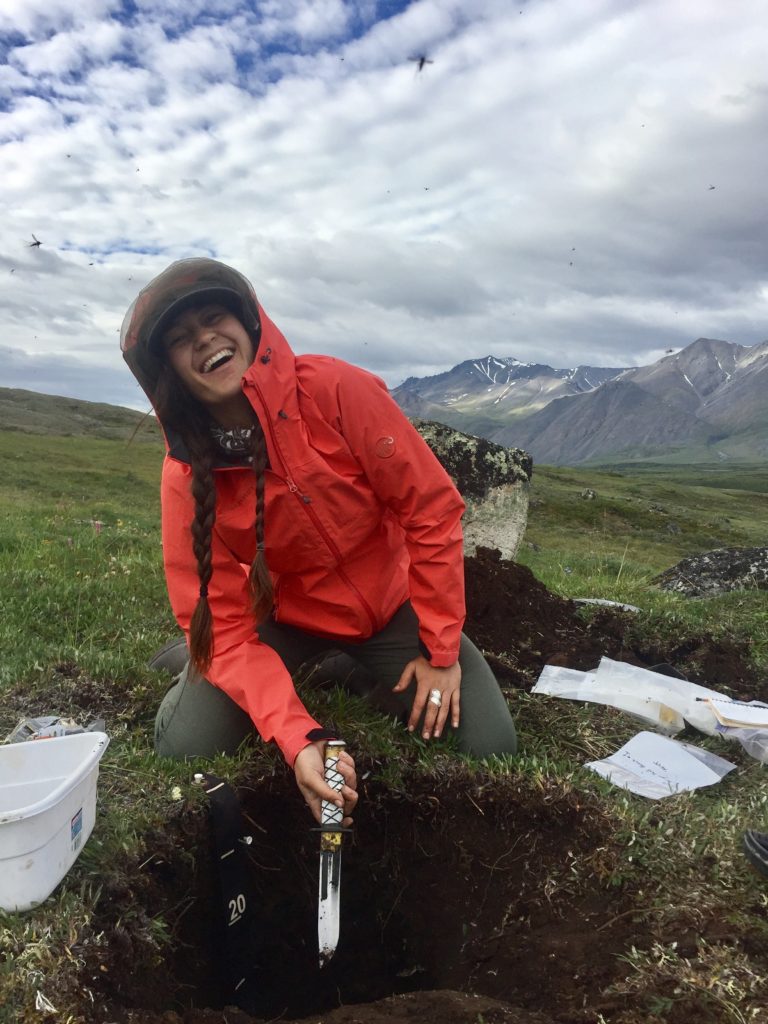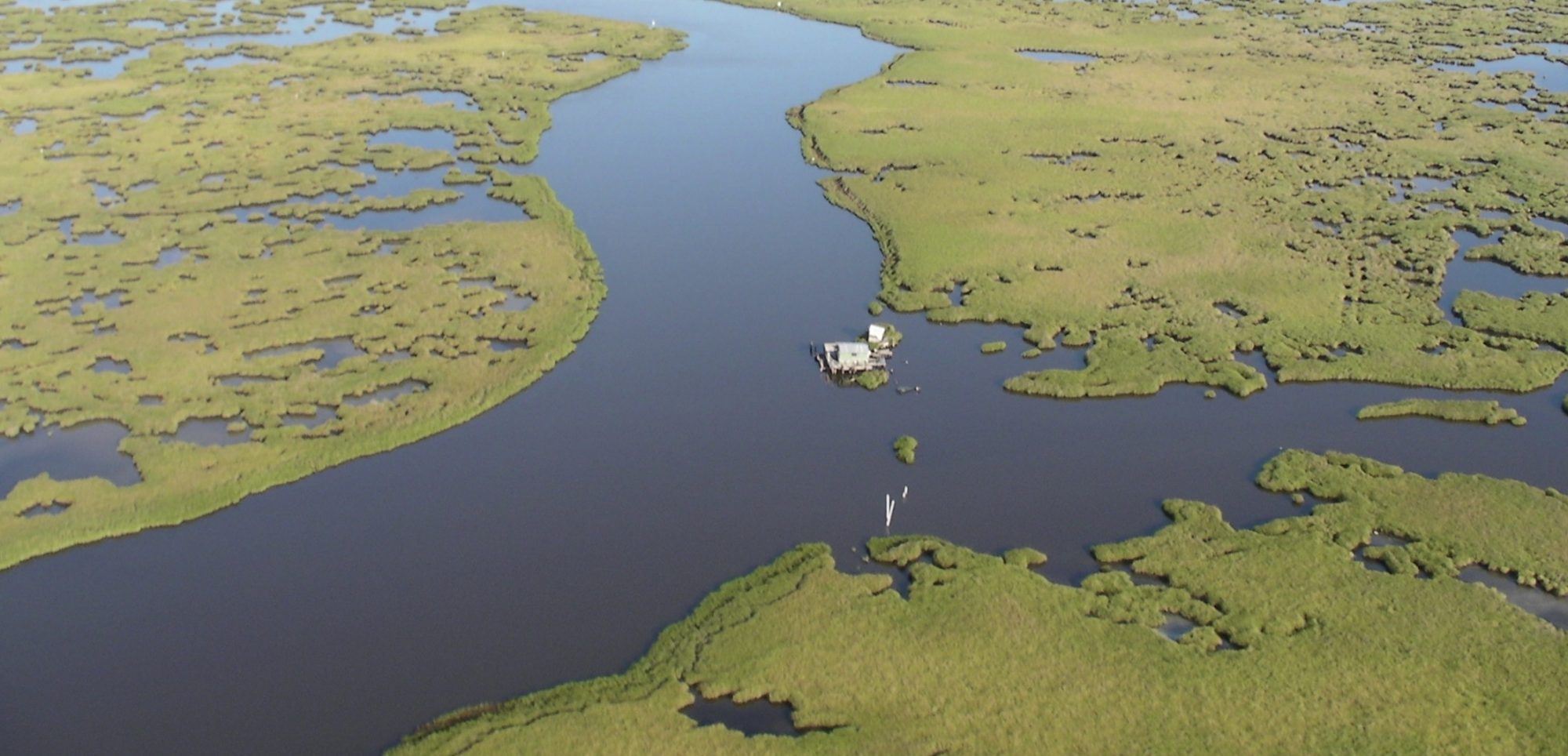
Ph.D. Candidate, University of Wyoming
2020 Conference Travel Grant Type 2 (Society of Wetland Scientists Meeting)
Iron monosulfide identification: Field techniques to provide evidence of reducing conditions in soils
“The accurate and timely identification of soil morphological indicators of anaerobic conditions is critical for the proper documentation of hydric soils and prolonged soil saturation. Iron monosulfides (FeS) form under anaerobic conditions following complexation of Fe and reduced S to form insoluble, black to very dark gray (chroma 1) FeS concentrations and/or soil coatings. These features are observable as soft masses, pore linings, or dispersed throughout the soil matrix in the form of concentrated zones of FeS. Variability in soil and environmental conditions result in a wide range of FeS expression from <1% to 100% coverage of the soil matrix. We seek to explain the environmental conditions required for FeS formation and describe diagnostic methods to document FeS in a field setting. Field identification of FeS can be performed using an oxidized color change test (either ambient air or the application of 3% H2O2) and via the evolution of H2S after the application of 1 M HCl. The use of Indicator of Reduction in Soil (IRIS) devices provides additional supporting evidence of S reducing conditions in soils, conducive to FeS formation when other necessary constituents are present. The concepts and techniques outlined in this review can serve as useful resources to inform our understanding of belowground redox chemistry and facilitate the accurate identification of FeS in wet soil environments.”
